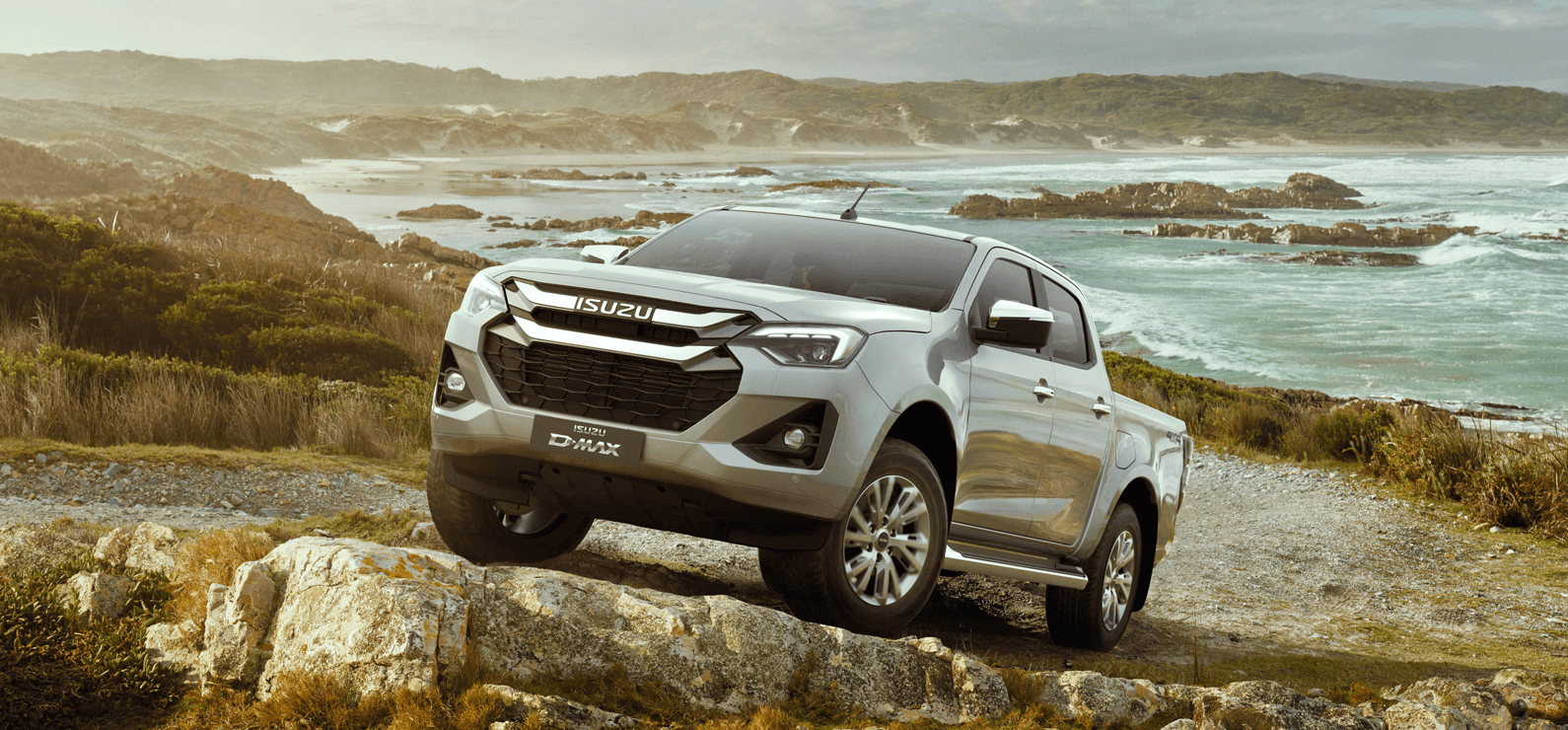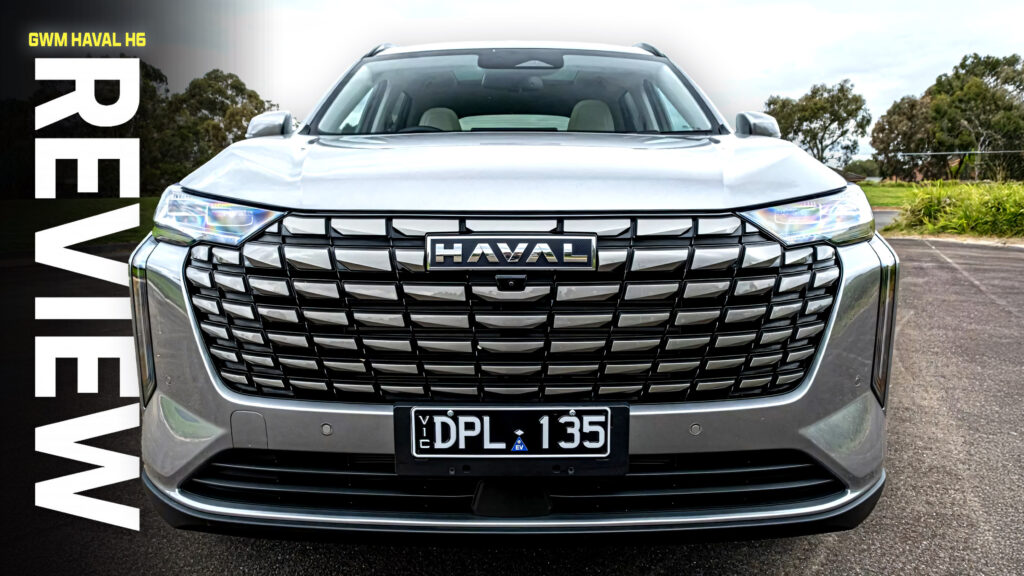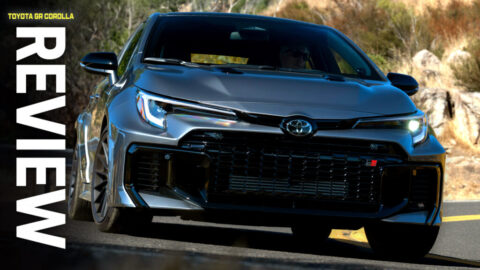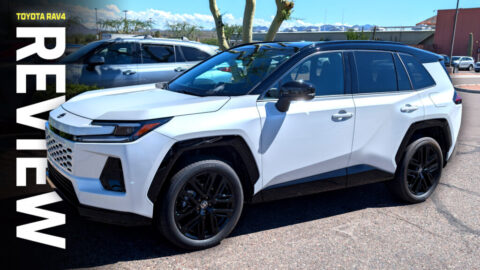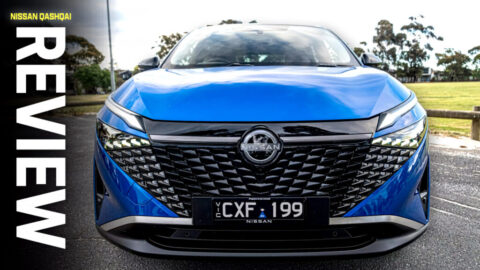Great Wall Motors, more commonly known these days as GWM, has quietly evolved from a fringe newcomer into a serious contender in Australia’s new car market. Once dismissed, the brand has gained steady ground with sharper products, competitive pricing, and a growing sense of familiarity among everyday buyers.
Review: You’d Expect More From The Infiniti QX60 But It Leaves You Hanging
That progress shows up clearly in the numbers. Not that long ago, GWM was a brand operating in relative obscurity. Yet last year, it cracked into the top 10 of the country’s best-selling brands by shifting 42,783 vehicles, outperforming even VW, and becoming the second-best-selling Chinese automaker, only behind MG.
Most of that momentum came from GWM’s Haval division, which delivered 26,660 cars in 2024. One of its most important models, the H6, has been updated for the 2025 model year. While the old one was respectable and proved to be quite popular, it was outdone by some of the competition.
The new one promises to be better in all areas and has proven to be just that. But is it actually worth considering? We recently spent a week living with the mid-range Ultra HEV 2WD to see what it has to offer.
QUICK FACTS
SWIPE
Photos Brad Anderson/Carscoops
Haval’s Range
Shoppers are spoiled for choice when selecting an H6 to suit their needs. The range kicks off from AU$35,990 ($23,700) for the base Lux and then extends to the Ultra ($38,990 / $25,700) and Lux HEV (AU$40,990 / $27,000).
Above those sit the Ultra HEV 2WD (AU$43,990 / $29,000), Lux PHEV (AU$44,990 / $29,800), Ultra HEV AWD (AU$47,490 / $31,300), Ultra PHEV 2WD (AU$47,990 / $31,700), and the flagship Ultra PHEV AWD (AU$50,990 / $33,700).
Both traditional hybrid models share the same powertrain, although one is front-wheel drive, while the other is AWD. Power comes from a 1.5-liter turbocharged four-cylinder petrol engine and a single electric motor, resulting in a combined 179 kW (240 hp) and 530 Nm (391 lb-ft) of torque – respectable figures, particularly when it comes to torque.
The Updates
Visually, the design of the new H6 isn’t particularly inspiring, but it certainly looks more premium and grown-up than its predecessor. Immediately catching the eye is the huge front grille that’d make BMW or Lexus proud, as well as striking new headlights with LED daytime running lights running down the fascia. Bigger changes have been made to the cabin.
Much like the Haval Jolion I drove a few months ago, the interior of the old model felt dated from the moment it launched. Things are different now, and that’s a good thing.
Photos Brad Anderson/Carscoops
The cabin utilizes the familiar Chinese playbook. That means the centerpiece is a 14.7-inch free-standing infotainment display that looks just like so many others on the market. It uses the same updated infotainment system as other GWM products, such as the Tank 500 and Cannon Alpha, and is a definite improvement from the old setup.
Review: BYD Sealion 7 Performance Could Be Tesla’s Worst Nightmare
It houses the climate controls, like many other new models currently on sale, but there are physical shortcut buttons positioned below the central air vents that make operation easier while on the move.
Both wireless Android Auto and Apple CarPlay are included as standard. There is also a single wireless phone charging pad, two very small cupholders, and some premium accents, like the metallic speaker grilles on the doors and the soft-touch center console.
I also really liked the cream-colored leather of our test car as it made the cabin feel very light and spacious.
Photos Brad Anderson/Carscoops
What’s not so good is the steering wheel. It’s the same as the old model, as well as the Jolion, and is probably the least ergonomic I’ve ever used. Due to how thick the two horizontal spokes are, it’s uncomfortable to rest your hands in the 9 and 3 o’clock positions.
In addition, the buttons on the steering wheel feel cheap and aren’t particularly logically laid out, either. For example, the buttons on the right double as both buttons for the infotainment system and buttons for the various gauge cluster displays.
Interestingly, Haval’s online configurator shows the presence of an all-new two-spoke steering wheel so, presumably, this new wheel will, at some point, be added to the range.
The driver monitoring system is also better than some other GWM models, as it has become simpler. Rather than using a pillar-mounted camera like other of the brand’s models to track eye movements, it simply monitors steering wheel inputs and how often you’re using the touchscreen.

Efficient, But Unrefined Powertrain
Just like the GWM Tank 500 and Cannon Alpha, we found the plug-in hybrid powertrain of the new H6 to be lacking the finesse of many rivals, including those from BYD.
The biggest issue is when accelerating from a stop, particularly when the vehicle is cold. Depress the throttle, and it often takes a couple of seconds before the H6 actually starts moving.
It seemed as though the powertrain didn’t know whether to use the electric motor or the combustion engine, leaving me repeatedly stuck at intersections for a brief moment before it fired into life. This seemed most prevalent when I had the one-pedal driving mode enabled.
Read: We Tested China’s Toyota Land Cruiser Rival And It Caught Us Off Guard
This isn’t the only downside I encountered. The H6 HEV suffers from a lot of wheelspin and torque steer. Given that it has almost as much power as a hot hatch and more torque than most thanks to the electric motor, the front tires seem to always struggle for traction.
It doesn’t matter if it’s dry or wet; if you step on the throttle a little too hard, one of the wheels will start spinning. It’s bad when accelerating after a turn and, in the wet, gets borderline annoying.
Photos Brad Anderson/Carscoops
There’s also a boatload of torque steer at full throttle, which might be acceptable for a high-powered hatch with an enthusiast behind the wheel, but could be downright disconcerting for the typical Haval buyer.
We’ve yet to drive the all-wheel drive variant, but it should solve these issues and will probably be the better option for most.
On the plus side, having a one-pedal driving mode option is a welcome feature for any plug-in hybrid, and it works seamlessly in the H6. Admittedly, it’s not as strong as it is in many EVs, but it does the job and it does make cruising around town that little bit easier.
When the H6 is on the move, it performs pretty well. The powertrain is relatively quiet and it runs solely on electric power for extended periods. It’s also very efficient, given that it has enough oomph to hit 100 km/h (62 mph) in 7.5 seconds.

During my time with the H6, I averaged 5.2 l/100 km (45.2 US mpg), which is exactly what Haval claims. On one lengthy highway trip, that figure fell to 4.7 l/100 km (50 US mpg).
Given that the H6 uses electric power-assisted steering and is a relatively tame SUV, it comes as no surprise that feedback through the wheel is virtually non-existent. That being said, most drivers will likely appreciate the light steering, which makes the H6 very easy to park and maneuver in tight areas.
Review: Ford’s Mustang Mach-E Gets Better With Age
As standard, the H6 HEV Ultra comes with lane-departure warning, lane-keep assist, and lane-centering assist. The system works reasonably well, but it is not as good as the setups found in rival models, particularly those from the likes of Hyundai and Kia. The H6 tends to bounce between lane markings instead of staying centered in the lane like some of the competition.
Verdict
The Haval H6 Ultra HEV 2WD looks quite stylish and has a solid interior, but GWM does need to iron out a few kinks with the drivetrain before we can recommend it. Still, it’s certainly a step in the right direction, and the cabin is far superior to the old model.
Given that Haval has now become quite a popular brand in Australia, I suspect plenty of people will be heading to local dealers to check it out.

